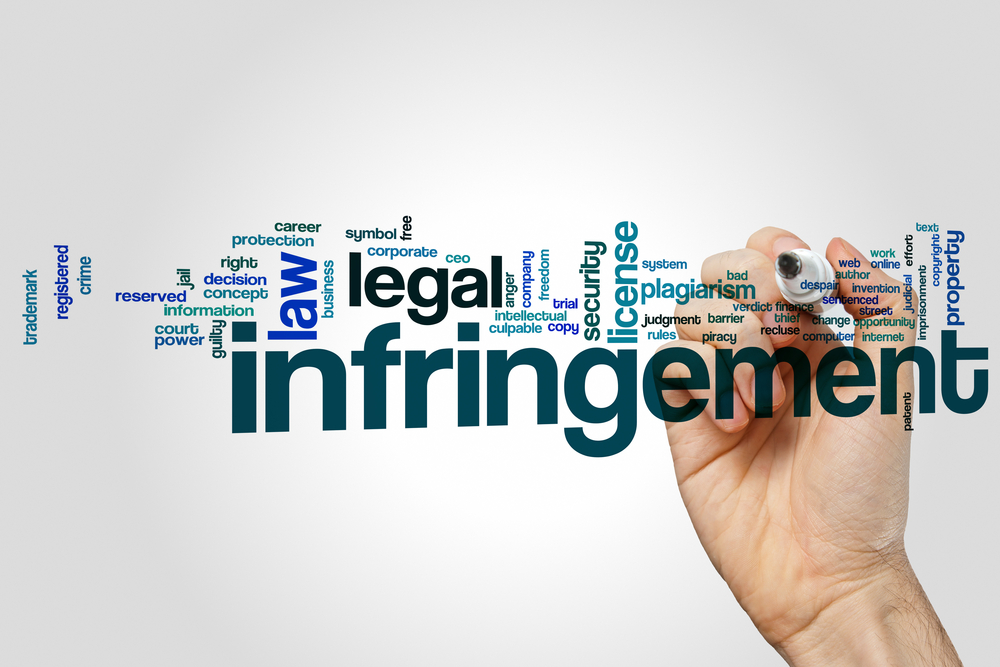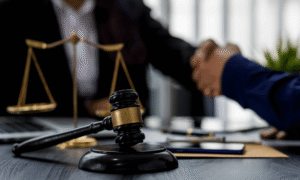
You’ve put in the time and investment to build a brand. Your logo, name, or slogan is more than just marketing—it’s your business identity. So, what happens when you discover someone else is using something similar and it’s confusing your customers, affecting your reputation, or even costing you sales?
If you’re a business owner in Orlando, this situation can be frustrating, but you do have legal options. In this article, we’ll walk through what trademark infringement is, how to spot it, and—most importantly—what to do next to protect your rights.
What Is Trademark Infringement?
Trademark infringement occurs when someone uses a name, logo, slogan, or other brand element that’s confusingly similar to your registered trademark in connection with similar goods or services.
To be considered infringement, the unauthorized use must:
- Cause a likelihood of confusion among consumers
- Involve the same or related industries
- Use the mark in commerce (e.g., business activities)
Example:
You own a registered trademark for “Orlando Juice Co.”, a cold-pressed juice company. If someone opens a shop nearby called “Juice Co. Orlando” with a similar logo and product line, that could create confusion—qualifying as potential infringement.
Step 1: Confirm Your Trademark Rights
Before taking action, make sure:
- Your trademark is registered with the USPTO (federal protection)
- You’re actively using the mark in commerce
- You’re using the mark consistently and correctly
If your trademark is unregistered (common law rights), you may still have legal options, but enforcement will be limited to your geographic region and will require more evidence.
This is where having a local trademark attorney in Orlando is especially helpful—they can quickly evaluate the strength of your rights and the risks involved in your situation.
Step 2: Gather Evidence of the Infringement
If you suspect infringement, document everything. This is key to building a strong case if legal action is needed.
You’ll want to collect:
- Screenshots of the other party’s website, social media, ads, or signage
- Dates you first noticed the infringing mark
- Examples of consumer confusion (emails, reviews, etc.)
- Any evidence of harm to your business (lost sales, traffic, reputation)
Organize this information so your attorney can assess how closely the other mark resembles yours and how it could be affecting your brand.
Step 3: Contact a Trademark Attorney
Infringement cases can escalate quickly, especially if both businesses are operating in the same area. An experienced Orlando trademark attorney can help you:
- Confirm the strength of your claim
- Recommend a strategy (informal resolution or legal action)
- Draft a professional cease-and-desist letter
- Represent you if negotiations or litigation become necessary
While some business owners try to handle it themselves, the right legal approach can prevent misunderstandings, reduce the chance of retaliation, and resolve issues faster.
Step 4: Send a Cease-and-Desist Letter
A cease-and-desist letter is a formal demand asking the other party to stop using the infringing mark. It usually includes:
- A description of your trademark rights
- Evidence of the infringement
- A demand to stop using the mark (and sometimes destroy materials)
- A deadline to comply before further legal action is taken
Most infringers are unaware of the conflict and will comply once notified. But if they refuse—or ignore your letter—your attorney can escalate the matter.
Step 5: Consider Legal Action
If informal efforts don’t work, your next step may be to take legal action. Depending on the situation, you can:
File an Opposition or Cancellation with the USPTO
If the infringing mark is in the application stage or recently registered, your attorney can file an opposition or petition to cancel their registration.
File a Lawsuit in Federal Court
For more serious cases, you may sue for trademark infringement. You can seek:
- An injunction to stop the infringer
- Monetary damages for lost profits or reputational harm
- Destruction of infringing materials
Keep in mind: most trademark disputes don’t go to court. They’re resolved through negotiation—especially when handled by an experienced attorney who knows how to apply pressure effectively.
Step 6: Prevent Future Infringement
Once the issue is resolved, take steps to strengthen your brand’s protection going forward:
- Set up monitoring services to detect similar trademark filings
- Use the ® symbol to show your mark is federally registered
- Update your USPTO filings when your business expands
- Maintain consistent branding across all platforms
- Educate your team about correct trademark usage
Ongoing vigilance can prevent similar situations from happening again.
Final Thoughts
Trademark infringement is more than just an annoyance—it can damage your business, confuse your customers, and weaken the value of the brand you’ve worked hard to build.
But you’re not powerless.
If you suspect someone is infringing on your trademark in Orlando, the most important step is acting quickly and strategically. A qualified local trademark attorney can help you enforce your rights and protect your business without unnecessary conflict or cost.
Need help protecting your brand? Contact an experienced Orlando trademark attorney to get started with a strategy tailored to your business. We recommend trademark attorney orlando.





